Latest News
- Legendary Mask Maker, Zagone Studios, Approaches Fifty-Years Of Innovation Right Here In Chicago
- Photo Gallery: Queens of the Stone Age at Chicago Theatre Catacombs Tour 2025
- Opening Night, The Queens of the Stone Age Debut The Catacombs Tour In Chicago Setting A Haunting Night at The Chicago Theatre
- Photo Gallery: Paris Jackson at Chicago Theatre Chicago 2025
- Photo Gallery: Glitterfox live at Comet Ping Pong in Washington DC
- Photo Gallery: Sparks live in Chicago at Riot Fest 2025
Third Times A Charm? The Latest Retelling Of The Beatles Farewell Movie, The Beatles: Get Back, Touches On Comparisons, Hits And Misses
Nov 30, 2021 admin_bitlc Features, Music News, Reviews 1
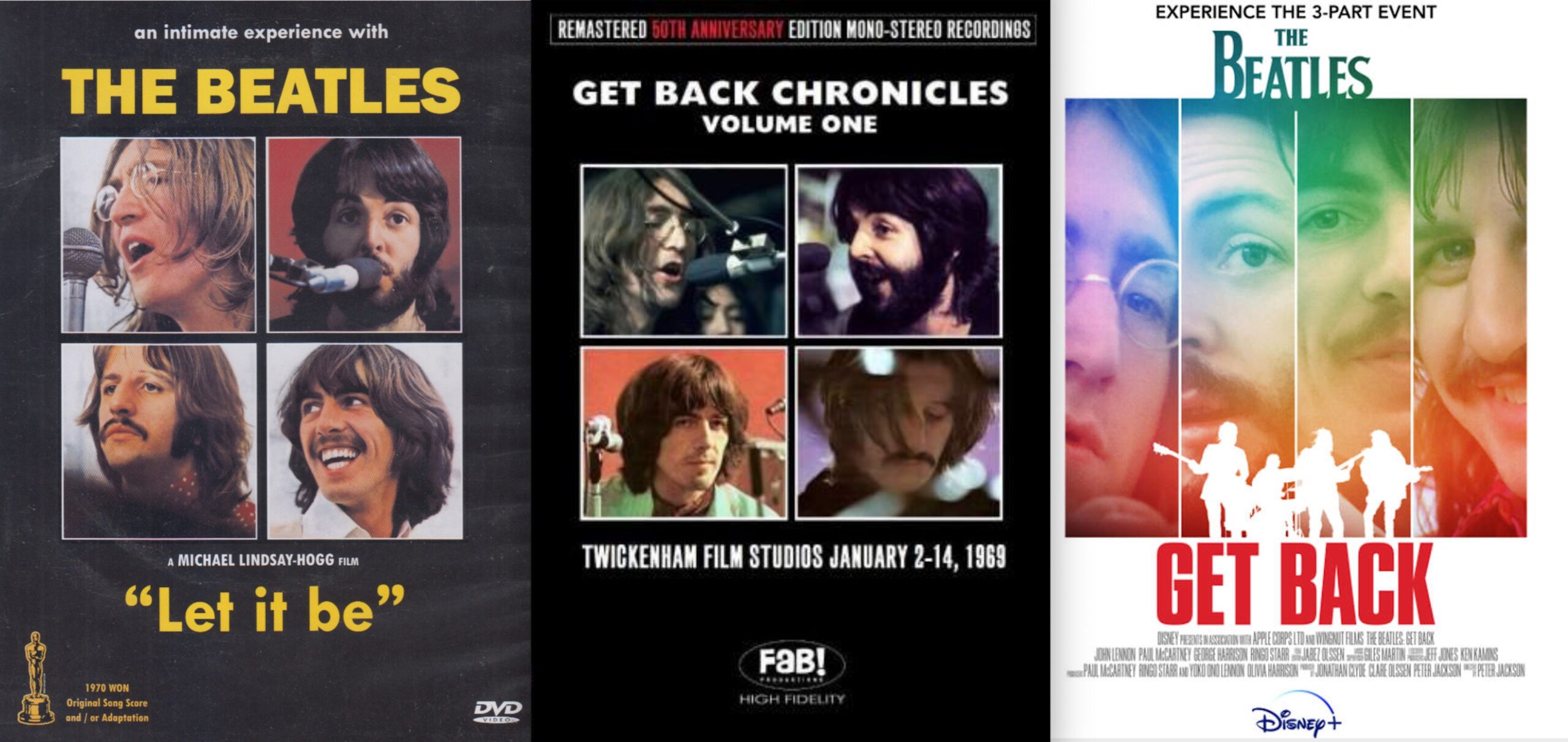
By James Currie
Peter Jackson takes command of the latest vision of Micheal Lindsay-Hoggs original Beatles farewell film, Let It Be (1970). This version called, The Beatles: Get Back, not only gives Beatles fans much more insight to the final gathering and recording together as a group, but also a fully restored audio and video production that rivals the original release. This is the, at least 3rd attempt to reassemble the almost month long escapade that took place back in January of 1969. That’s right, much to the shock of the general public, Peter Jackson did not create this film. He did not find the footage magically on Mordor. What he did do was rework the original raw footage film reels (over 60 hours worth) along with 150 hours of audio tapes into a new more detailed telling, filled with comprehensive and visually stunning imagery that will in time become its own masterpiece. A stand alone film that will captivate even the most basic Beatle fan. If you have the time to invest, Jackson’s cut is epic and worth it. It’s broken down into 3 episodes at around two to three hour long each. The grand total running time is around 8 hours. Watching this version is about equivalent to putting in a full days shift but if you’re a Beatlemaniac, you’ll love every minute of it.
So how did Peter Jackson’s mini series come to be? Why was it done? What did we learn from it? Is it worth the investment of time? All these questions and much more will be answered if you watch it. In the meantime, here is our breakdown of the 50+ year process to where we are today with MLH and The Beatles vision. There are so many new subjects and stories brought to life in this series, I can’t go through them all, but will highlight a few key moments.
Warning: SPOILERS in this review.
It all started January 2nd, 1969, The Beatles agree to be filmed for a planned televised broadcast that would showcase the bands newest catalog of songs originally to be called, “Get Back”, later changed to “Let It Be”, after Phil Spector’s involvement. The band hadn’t released new music in over 6 months (yeah, back then, that was considered a long time.) This recording was planned for most of the month of January and then at the end of rehearsals, they would play live on stage, in front of fans (something they hadn’t done since the summer of 1966 when they retired from live touring) for a live recording that would end up on the record. During this session, the band went through personal highs and lows. Most of which was caught on camera or audio tape. From this, we, the viewer, could see there was tension in the band. We could see, at times making you the viewer feel uncomfortable for watching it, that things were not right in the Beatle camp. But, we also see touching moments between the bandmates, family member connections and behind the scene production insight. We get comic relief from spontaneous outbreaks of song, dance and joking around. We get to see how The Beatles crafted songs right in front of us. We get to be a fly on the wall inside the last days of The Beatles world.
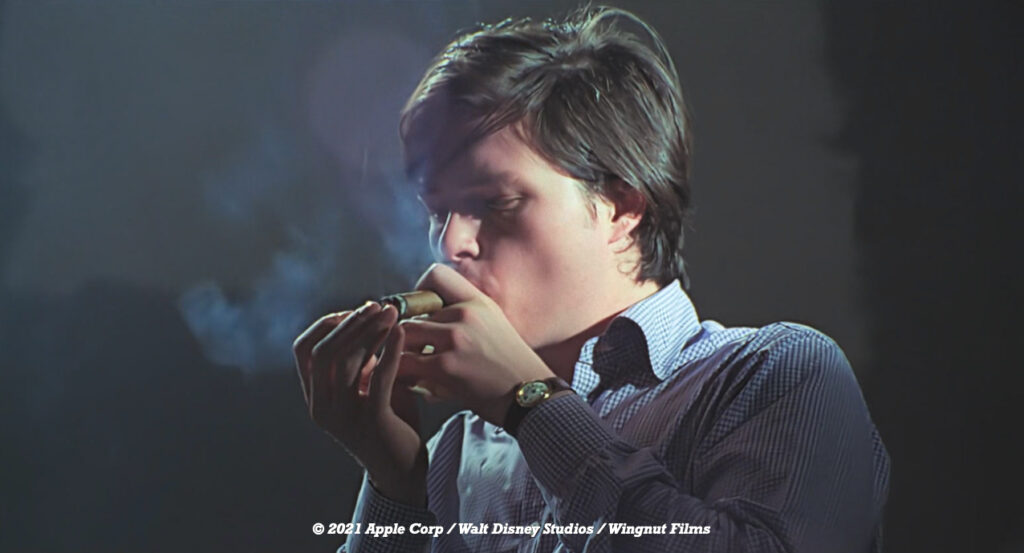
Version 1: The original, (1970) Michael Lindsay-Hogg’s film, was an 80-min cut that, especially after seeing the Peter Jackson cut, felt rushed. Hogg’s version seems just focused on getting the songs released with a few bits of band interactions. It starts at Twickenham Studios in the UK. A cavernous set that the band, didn’t like from the beginning, but agreed to use. We see them practice for about 20 minutes, then they suddenly are playing in Apple Corp studios in London. There is no notice of a change, just that they are in their new personal studio space. During these segments, we hear the creation and presentation of songs from not only “Let It Be” but also “Abbey Road”. Again, there is no direction for the viewer. We’re just watching and listening to The Beatles practice and play songs with occasional in between banter. It’s more like watching a bonus footage of a DVD than a film. The 16mm clips are short, no song complete besides the rooftop sessions. Plus, he missed the “boat” on most conversations that should have been highlighted instead of trying to get the band interested in playing on a cruise ship for the finale.
The quality is a 16mm film transfer to 35mm to digital. There is grain, and because of the digital transfer pixilation. The audio is ok for the most part, especially the music but it’s only a stereo mix. There are several dialog scenes that are hard to hear and no subtitles so following along is difficult at times. The story is presented and run through.
It’s the heart of what Jackson’s film is but no extras, no scene breakdown details and no bonus music. When rewatching this, I didn’t get a sense of doom and gloom as some have stated. Many fans have dissed the original stating it’s dark and depressing. The Beatles are doing many of the same things as the other cuts show. If you know what you are watching for, you see and hear them discuss problems. I didn’t see the negative towards Yoko that others claim to see. I don’t see that she is brought to light as being the reason for the bands break up as many claim. She’s not even in it as much as she was in the Jackson cut. You also see and hear George get angry at Paul raising his voice saying, “I’ll play whatever you want (Paul) or not at all.)” Making it clear he wasn’t happy and isn’t getting along with Paul’s implied control, but you don’t see or hear the outcome of the resulting dispute or prior altercations. The end is also rushed. We get the band walking out on the roof top and seemingly start jamming right away. They run through a few tracks and are done. The street cameras only come in with fan responses when it’s supposedly over, but you can hear the songs and Paul singing in the background if you listen close. Then the lads put down their instruments and the movie ends on a still frame of their backs.
Version 2: The next version is called, The Get Back Chronicles (2008). This version is a 5 disc DVD from Europe that is a day by day following of The Beatles from January 2nd through the rooftop live performance and beyond. It actually runs days past the final live appearance and includes in the studio session work to complete the album. Something the Jackson film touches on as well. We get more complete studio recording songs for other albums and more dialog. Also included are remixed tracks from the 1980’s and 1995 Anthology collection. Lastly, they included several of the original movie trailers.
The video included in this collection is rough, but complete. It’s like someone transferred the old 16mm film reels over to digital without any real edits. So you get that fly on the wall feel even more. Not sure how they got the footage or when, but it had to be sometime after digital film conversion was possible. According to the DVD liner notes, it was 2008-2009. So, Jackson camp claiming the footage they have hasn’t been seen in 50 years is just not true. This one has more footage and is actually longer.
Version 3: The Peter Jackson cut. The Beatles: Get Back (2021), is a project that Jackson has been working on for years. He acquired the rights and permissions from the remaining Beatles (McCartney and Starr) and got the backing of one of, if not thee, largest production companies in the world, Walt Disney Studios. Disney, in partnership with Apple Corps and Wingnut Films (Jackson’s New Zealand based production company), produced the episodic mini-series set for a Disney+ streaming event during Thanksgiving and played a new episode each night after until complete.
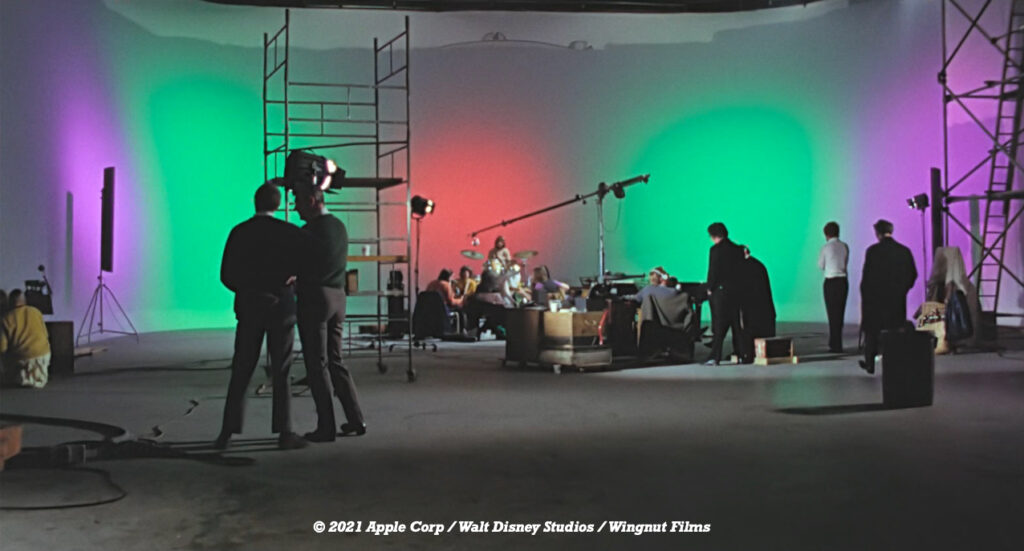
Jacksons film is explosive. Its extruding Beatle rumors, hearsay and questionable decisions and helps set the facts straight on many things. The reassembling of this old footage brings to light many things people have wondered about for years, unless you read books or saw the other DVD releases. Jackson is the only one to put things in a timeline you can understand and makes sense. These are moments that the original film maker and The Beatles choose not to share with the world for various reasons bordering on vanity, privacy and thoughts that most people just would not want to see it all. Thanks to Peter Jackson, we can now know what all was missed. Important scenes like Paul casually creating (now iconic) songs like “Get Back” on the spot, George talking about how much music he’s created saying, “I’m just gonna do me for a bit” wanting to do a solo album and later playing “Something” for John who actually gives input, Ringo discussing his film career (which at the end of January he will be staring in The Magic Christian in the same studio) but more importantly sharing a song he wrote with George that would come to be, “Octopus’s Garden” and John showing his boredom of being a Beatle and wanting to branch out on his own with Yoko.
Episode 1 opens with a short backstory on The Beatles. A slide show of sort that reintroduces us to The Beatles and brings us up to speed on things just before the documentary starts. This segment is broken down into the first week of activity, January 2 through January 7th. What we learn right away is this footage has been heavily altered. It’s been run through lots a special “clean up” software on both the audio and video. The film restoration makes everything crisp, contrasty and colorful. The Twickenham Studio was set up to be a television show so the lighting was studio quality, well lit with backlights in rich color and the depth of field set. It looks good, but slightly over compensated. At points, some color was a little over saturated. Some black levels looked pushed. Details like hair and eyelashes became chunky as the digital compression tools enhanced to fill in the missing gaps of data. I personally like the look of the old film grain. It worked for the original because it fit the time. It was a film after all. This looks like digital video. But again, it’s amazing what they did to it. I’m looking forward to the “Making of” The Beatles: Get Back.
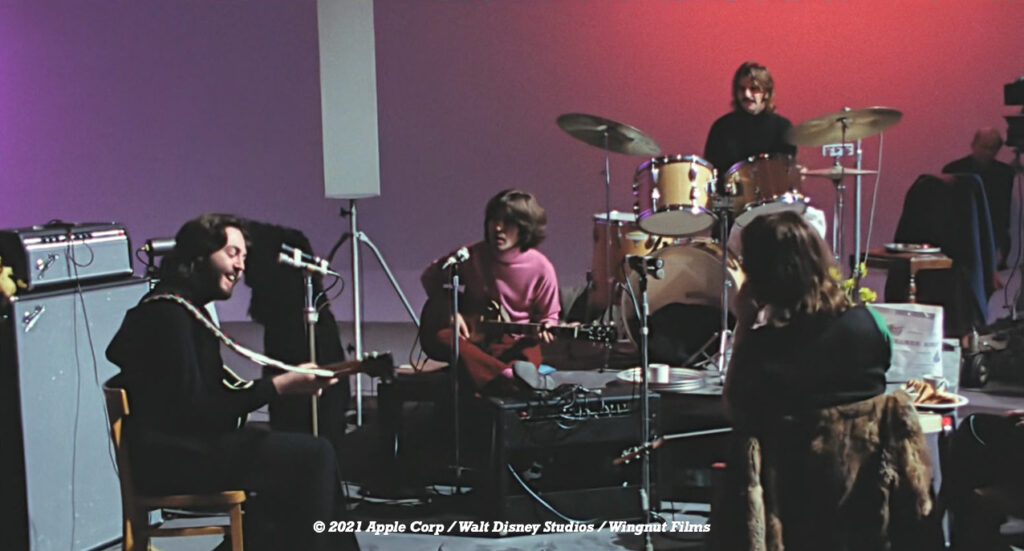
The entire first episode is based out of the Twickenham Studio sessions. Where as the original didn’t even tell you where they were and only gave us 20 minutes of the film, this version is all about why they are there and included pretty much everything they found interesting and important that was available. And I do mean just about everything. At times, it drags along. The band is noodling around playing cover songs and not really getting anything done. The quick cut “MTV” style edits are hard on the eye. At times, it felt like watching a dubbed over Godzilla movie. I know, they made it clear from the beginning that they try to fill in the missing “gaps”, but the “gaps” were the majority. So, there is a lot of liberal use of back of heads, side shots, motion blurs and random video cuts that doesn’t apply to the dialog. Like when Paul tells a story about how he came up with “The Long And Winding Road” and they cut to the back of his head, Ringo yawning at the drums or a stage hand milling about. Then they try and bring it back to Paul but they don’t have the exact footage of him saying the words being spoken so the mouth movements don’t line up. Again, I love hearing these behind the scenes making of the songs and stories, but it’s a difficult to follow at times as you can tell they mixed camera footage with audio footage to try and make a complete segment. Enter the lunch scene with Paul and John talking. They state there was a hidden mic in the table and no cameras, but this segment is just a floating camera in a lunch room. I’d rather have seen still images of the two with text tiles.
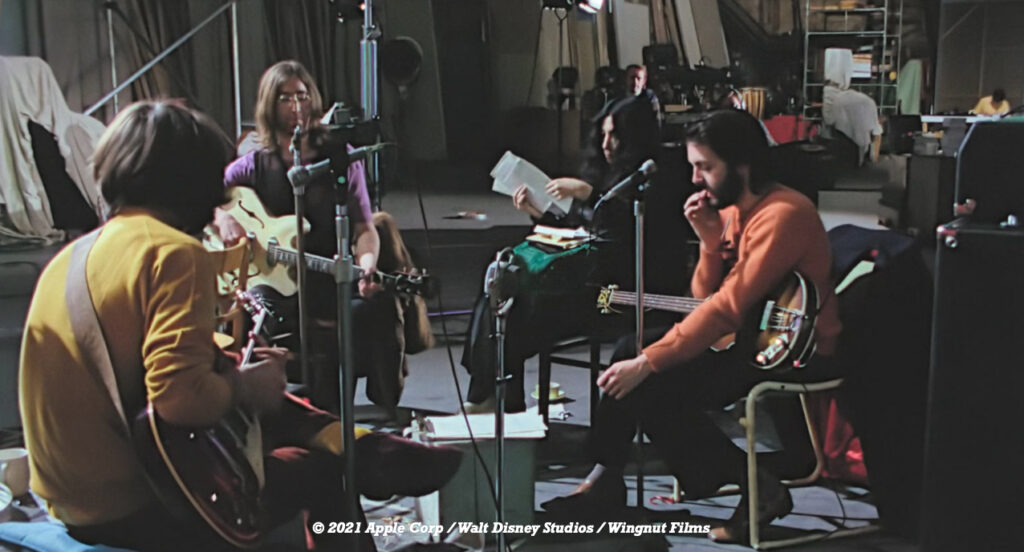
As I stated earlier, we get a lot more from this version. Things that bring shed new light on rumors and insight to why things turned out they way they did. Like in the original, when George sternly tells Paul he’ll play what Paul wants then they continue to play. In the original, it’s left with that only. Nothing about the fact that shortly after, George actually walks out and quits The Beatles telling them, “See you ’round the clubs”. When he leaves, John says, “Well let’s get Eric Clapton then”. Something of a snide remark and dig at George as we know outside of this documentary that Clapton and Harrison had a love triangle with Harrisons wife Patty Boyd. Clapton fell in love with her, caused a riff between the two men and actually married her later in the 1970’s. But even if John was upset about George’s departure, he, Paul and Ringo ended up going to his house and finally convincing him to “get back” and complete the project. Compromises were made and the documentary continued. There’s even a part where one day, only Ringo shows up for rehearsal. Another day, just Ringo and Paul. Paul says, “And then there were two.”. Trying to get everyone to show up for this seamed daunting.
Episode 2 picks up briefly at Twickenham Studios, but soon lets us know The Beatles are packing up shop, cancelling the live TV studio appearance and moving things to the smaller, more intimate Apple Corp studio in London. The reasons are the band just didn’t like the sound of the giant stage, filming a documentary or the idea of doing a television show segment. Adjustments and compromises were made and the production went on with new direction. Now we learn that they are no longer doing the documentary for the making of the album for a television studio, but still allow the recordings to take place because they will be used for the bands own movie. The TV show part was swapped out and a planned live outdoor concert was to take place somewhere in London. The rehearsals appear to be going much better and John, Paul, George and Ringo seem happier.
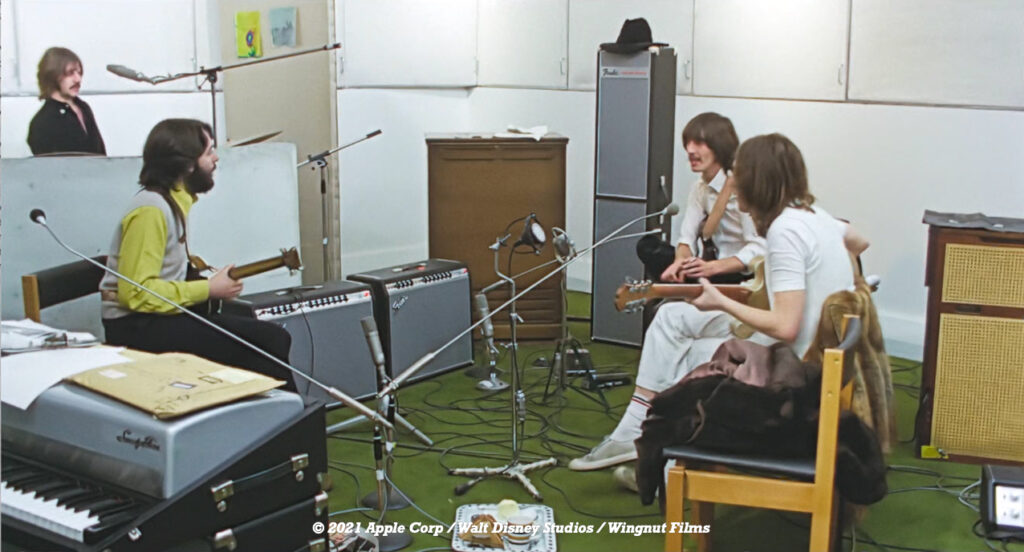
Here’s where the interest and pace pick up. The band, now in Apple Corp (complete with green shag carpet) is in better spirits. They joke around more. They seem to be more creative as a group. They all have significant others with them most of the time throughout this production, but they all keep their distance for the most part besides Yoko Ono. I think this is where some of the comparisons to why The Beatles broke up came from. She is at John’s side most of the time sometimes literally hanging off him, caressing him or playing kissy-face, but according to John, this is something he wanted and requested. We learn when John Lennon is into someone or something, he’s all in. While I don’t see this as being the reason The Beatles broken up by any means, I do see it as a personal space problem that does make for uncomfortable moments with the band. I mean, most couples going out on a date wouldn’t feel comfortable around that. Paul makes shady comments in passing agains her being there but its in gist. You can see that he is loosing his best friend and it’s affecting him. John would rather be with her over him. And this isn’t the only personal space encounter that is crossed. Linda brings in her daughter, Heather, who proceeds to run about with the band during practice. These actions of having someone there isn’t meant to be bad, or malicious gesture, but it is felt. Even if you are Paul McCartney. Again, nothing bad, but it is a distraction.
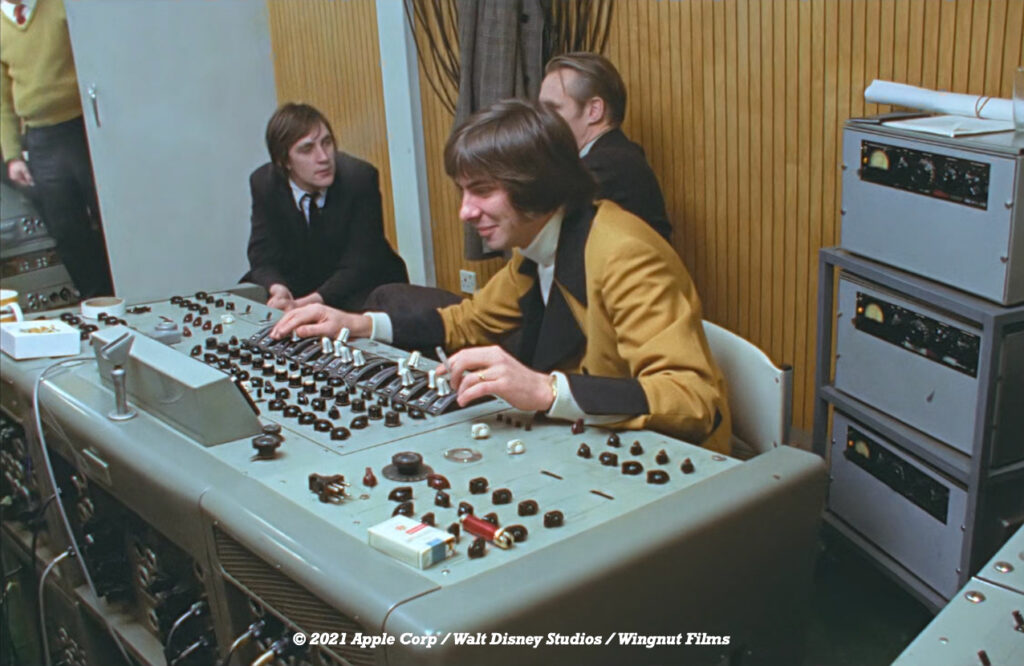
I will say from personal experience as a musician who’s been in several bands since high school, when someone is in the rehearsal space, no matter if it’s a spouse, girlfriend, boyfriend or best mate, it affects the rooms atmosphere and vibe with the rest of the band. You become guarded. You don’t let yourself be the same as you are when it’s just you and your friends. It’s just how it is. Especially for young men in your mid 20’s.
There were so many things that helped contribute to “the break up” of The Beatles and drug addictions made the list as well. John and Yoko are full on Heroin junkies at this time. You can see this in a few scenes as John’s pretty well glazed over and out of it for no apparent reason. It doesn’t help the groups morale or personal support of your team. Smoking weed, dropping acid and having a few pints was the norm and socially acceptable by most at that time, but with John taking it to another level, it really shows, as his lack of interest and attention to participation slowed several times. He just wasn’t into The Beatles anymore. Especially since moving out of London and playing with other musicians. The Plastic Ono Band was already a thing at this point.
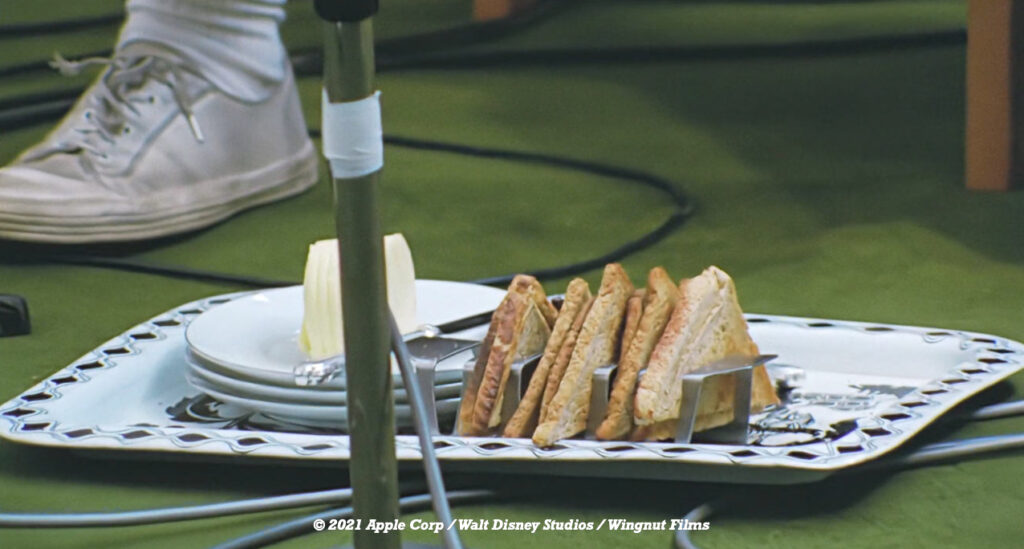
Episode 3 brings us to the highlight and finale. Here we see them completely form the songs. And to make this possible, a guest visits the studio and joins in with the band. Billy Preston fills in on the piano, organ and keyboard. This is another major part left off the original film. In Jackson’s film, they go into great detail on how The Beatles know Preston. He was someone they knew from years of playing on the road in Germany. Preston was only 16 when they met in 1962. He was playing with Little Richards band. They hit it off and kept in touch throughout the years. He stopped by the studio while they were recording the documentary and songs and they asked him to sit in on keys. John had said he welcomed Preston in stating, “I’d like a fifth Beatle” and would love to have him in the band going forward. Paul’s response, “It’s bad enough with the four of us.” Preston played along with the guys for the remainder of the film including the roof top performance. He and John even jammed out a song that became, “I Want You (She’s So Heavy). He was also invited back to play on the other songs not recorded yet and future tracks. The Beatles even talked about how they would credit him and pay him for his work, which he got both.
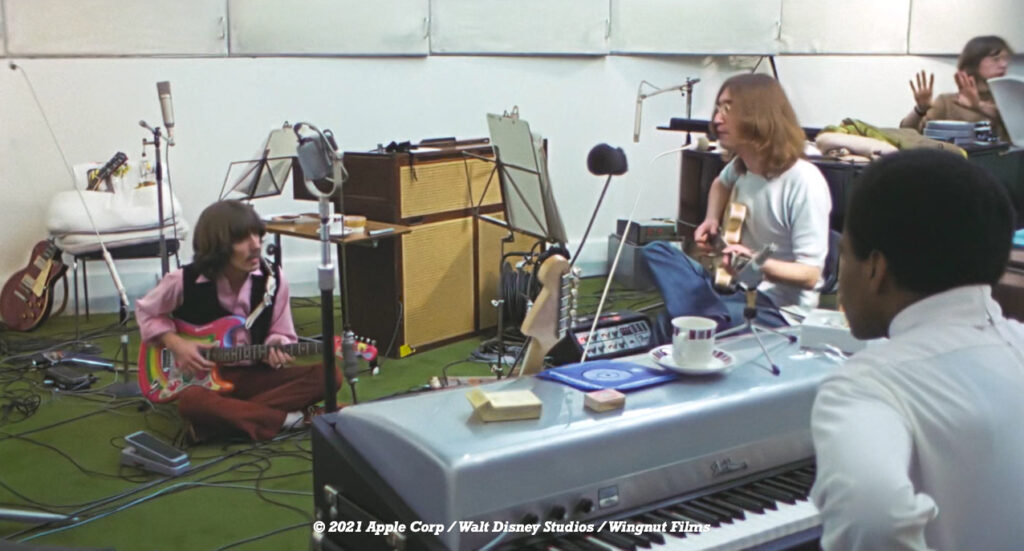
Near the end of this final episode, we see the band retreat back into the studio and listen to what they did on the roof. This whole section is left off the original film completely and really is key to showing how the band felt towards the music they created, their friendship and where they’ll be going next. When they return to the studio the sound engineers (who also include a very young Alan Parsons) play back the tracks. The band sit with their significant others in a casual gathering all listening and contemplating what they had done. No one is angry at another. It’s a peaceful moment for all.
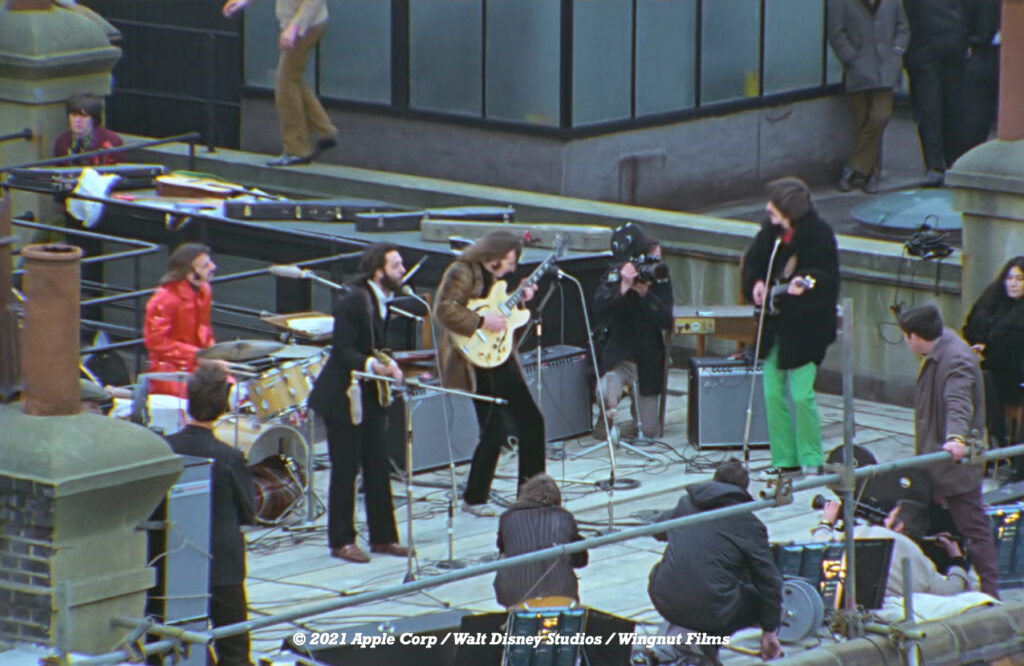
There were other surprise highlights from the Jackson cut that I wasn’t expecting. Some of the biggest surprises where how much everyone smoked. George was heard several times asking for a break saying, “Time for another cig!” The clothing was also impressive with suits, wild paisley print silk shirts, lots of Paul vests, the love of toast with marmalade and just cool 60’s swagger from it all.
As stated earlier, this film really brings so many points to light. Like, why was it the end of the band? As you’ll see, it wasn’t just one reason, especially not pinning the break up solely on Yoko Ono as so many have thought for so many decades. The boys were growing up. Their interests, religion and personal life had changed since being teenagers. They were now famous and making serious money. Egos had been kicking in for a while. Just think about how fast they grew and changed as not only musicians, but young men. In less than 10 years of recording together, they literally went from day to night. It was inevitable. The Beatles: Get Back showed us those changes and details we never saw before.
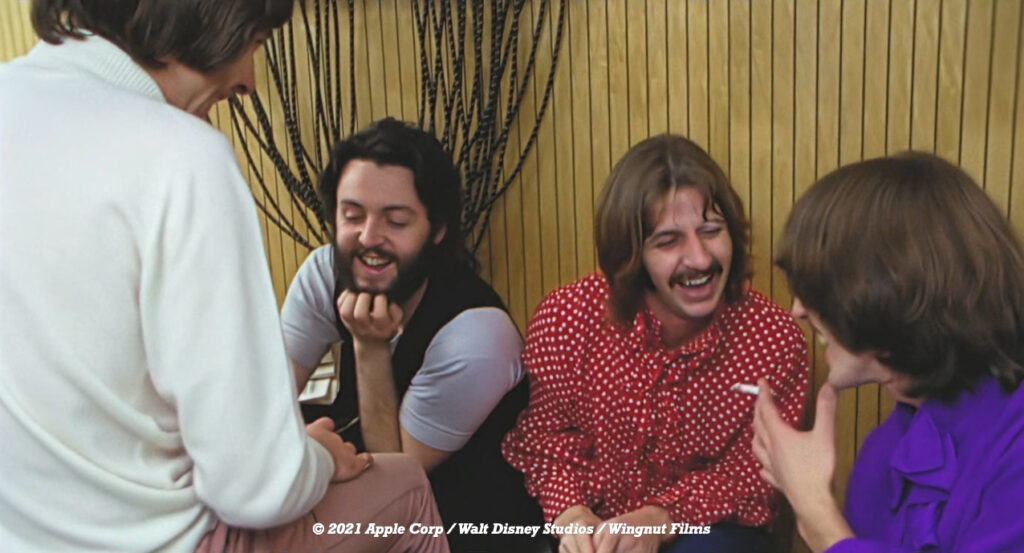
I’m not recommending that you watch all three of these movies. Unless you are a true Beatlemaniac, you might not appreciate it all. I do however recommend watching Peter Jackson’s film. It’s not that I’m discrediting the original, or 5 Disc DVD’s (if you can even find a copy) but there is just so much more you need to see and hear that isn’t on Michael Lindsay-Hoggs version or clear enough to get on the European boxset. I recommend seeing it in stages. Watch an episode a night as to not overwhelm yourself. Take in what you see with each episode. Talk to friends who’ve seen it. Gather your own conclusions to open ended questions. This isn’t a film you can just turn on and start surfing the web on your laptop or Facebook on your smart phone. It requires time and patience. Think of it like a tantric motion picture almost getting there each night but holding back until you see and hear the room top performance at the end.
For more on The Beatles, click here
Related Articles
-
 Legendary Mask Maker, Zagone Studios,...
Legendary Mask Maker, Zagone Studios,...Oct 25, 2021 1
-
 Photo Gallery: Queens of the Stone Age...
Photo Gallery: Queens of the Stone Age...Oct 03, 2025 0
-
 Opening Night, The Queens of the Stone...
Opening Night, The Queens of the Stone...Oct 03, 2025 0
-
 Photo Gallery: Paris Jackson at Chicago...
Photo Gallery: Paris Jackson at Chicago...Oct 03, 2025 0
-
 Photo Gallery: Glitterfox live at Comet...
Photo Gallery: Glitterfox live at Comet...Oct 01, 2025 0
More in this category
-
 Opening Night, The Queens of the Stone...
Opening Night, The Queens of the Stone...Oct 03, 2025 0
-
 Live Review: Deltron 3030 Bring...
Live Review: Deltron 3030 Bring...Sep 26, 2025 0
-
 Riot Fest 20th Anniversary 2025 –...
Riot Fest 20th Anniversary 2025 –...Sep 23, 2025 0
-
 Riot Fest 20th Anniversary 2025 –...
Riot Fest 20th Anniversary 2025 –...Sep 21, 2025 0
One thought on “Third Times A Charm? The Latest Retelling Of The Beatles Farewell Movie, The Beatles: Get Back, Touches On Comparisons, Hits And Misses”
Leave a Reply Cancel reply
You must be logged in to post a comment.



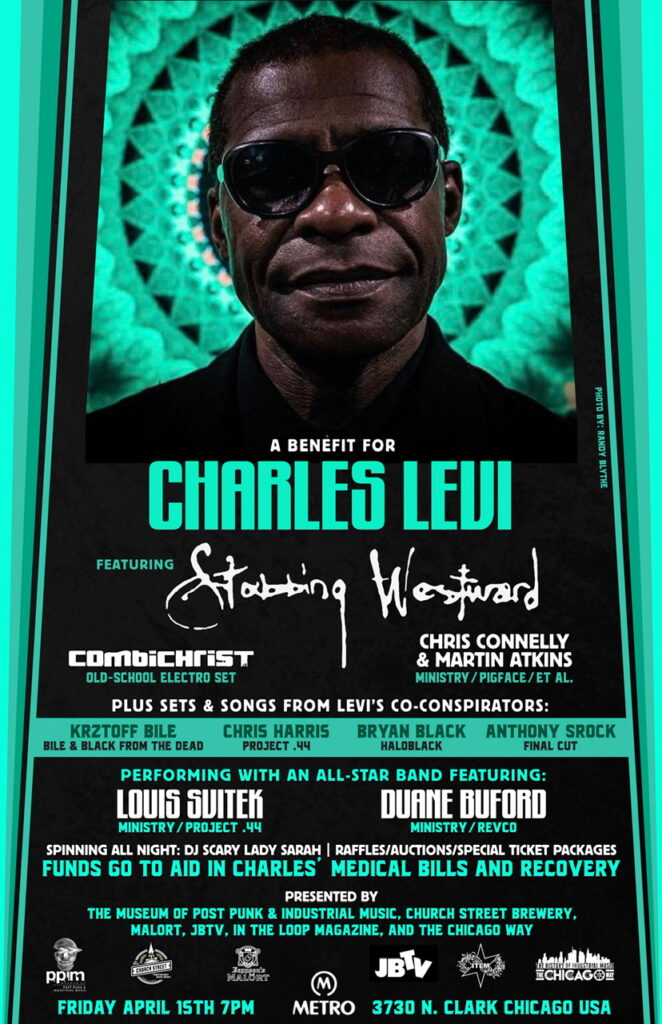
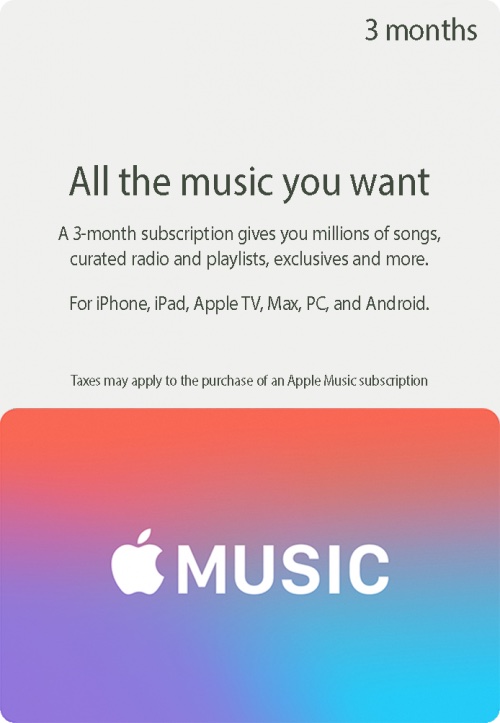
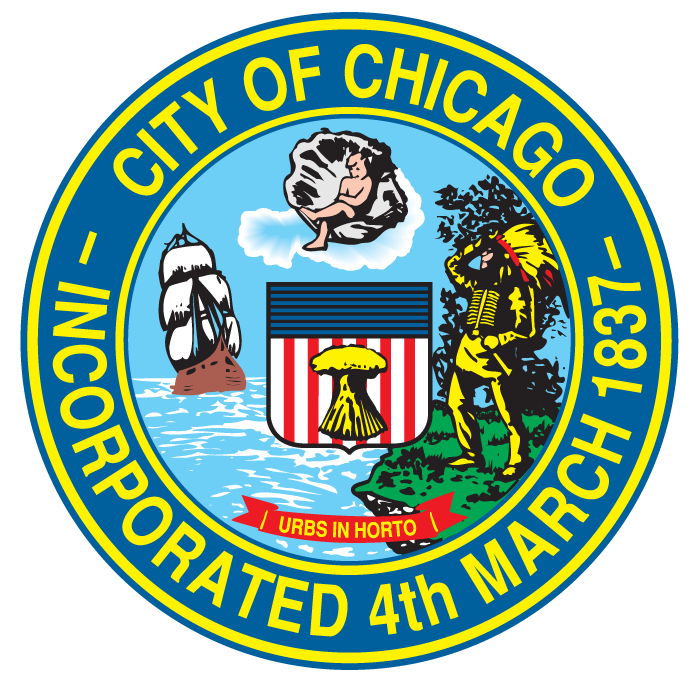
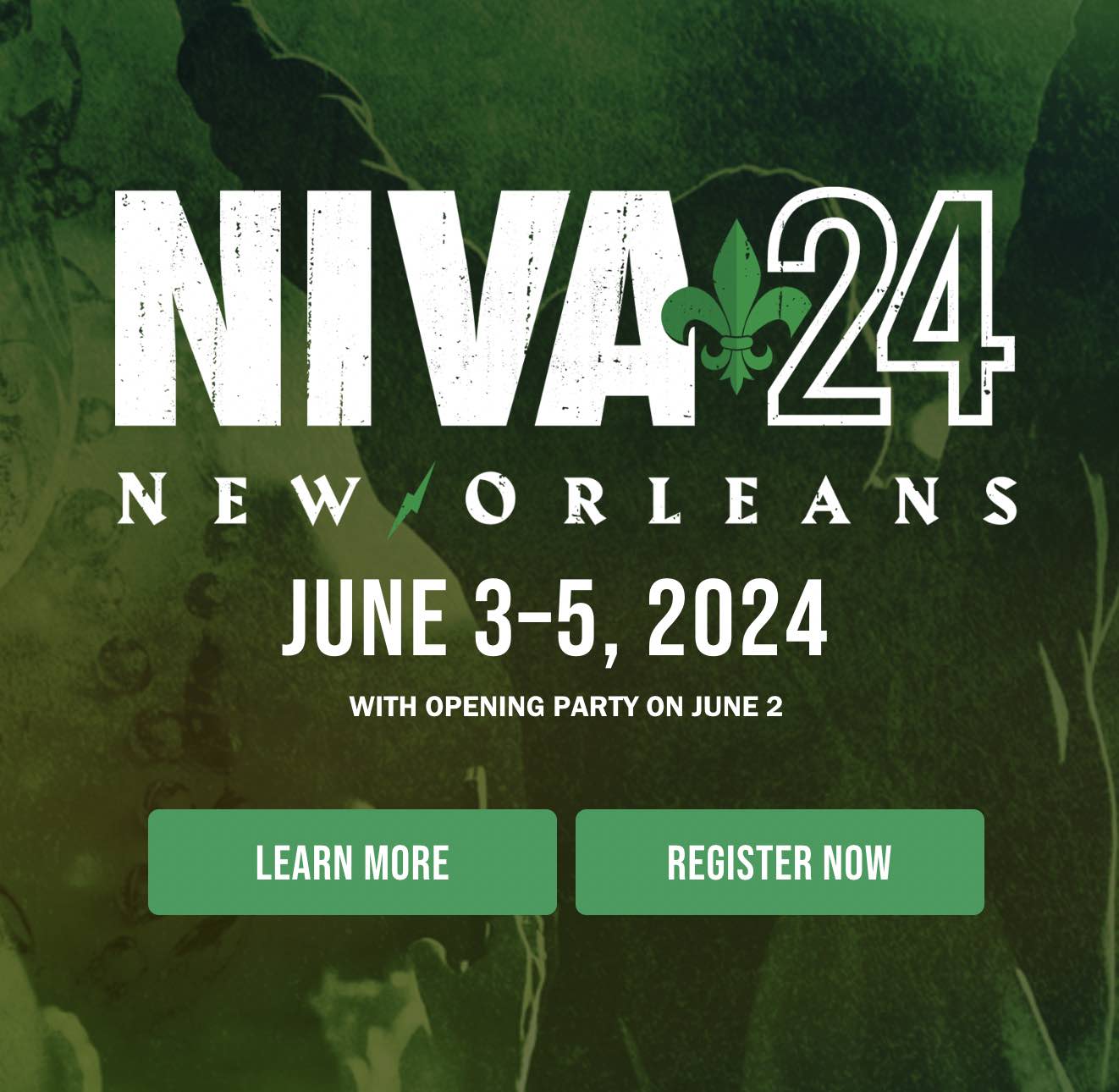
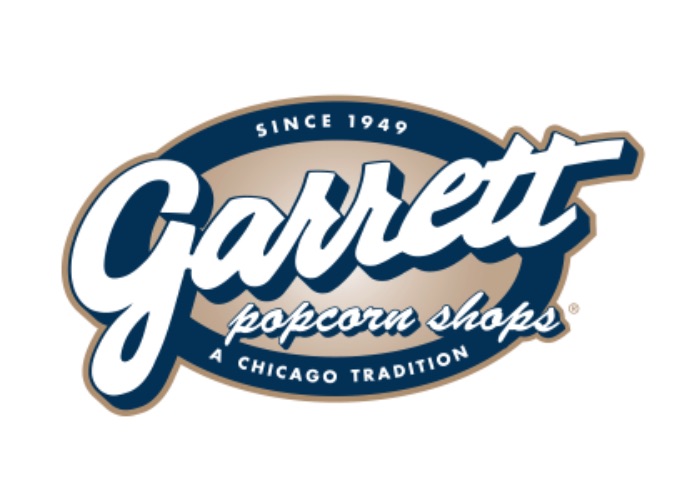
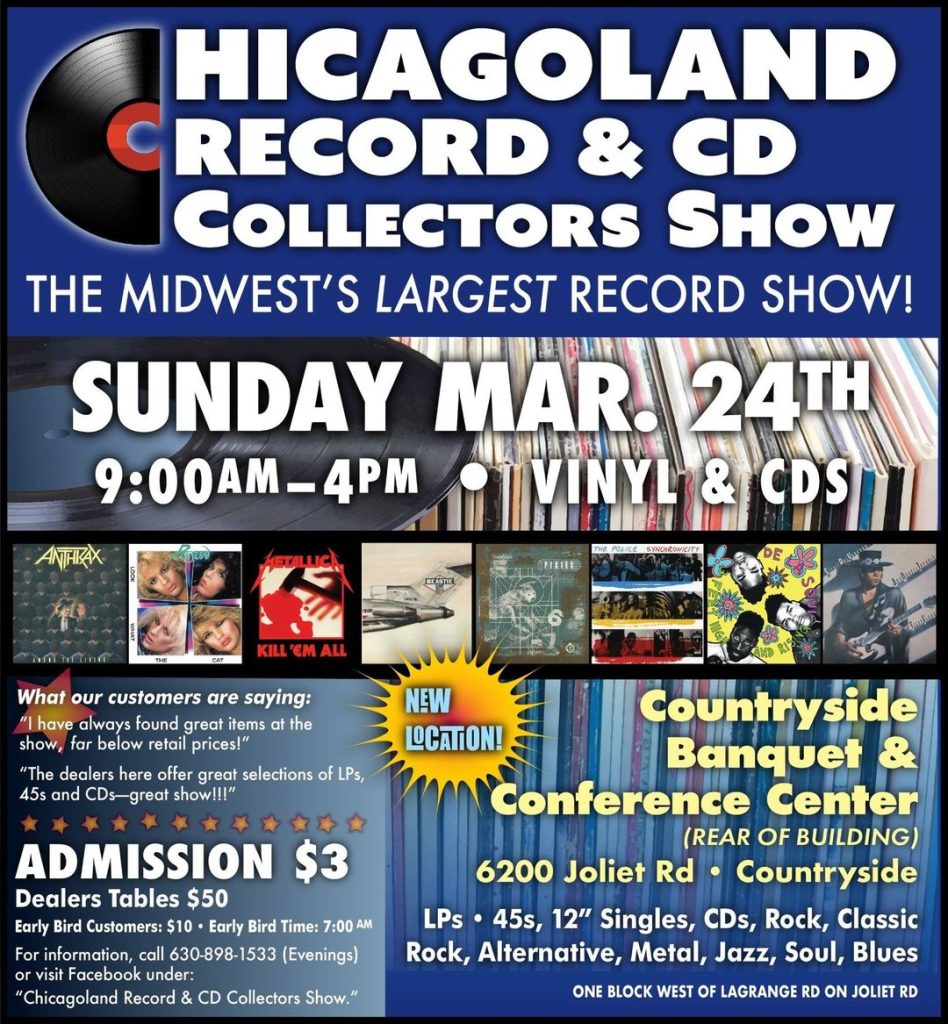
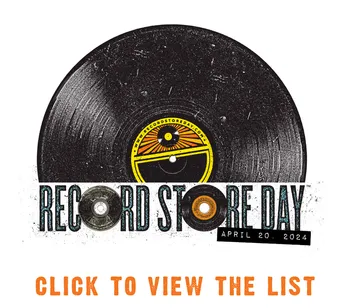
Will the Peter Jackson The Beatles Get Back be on 4K Blu Ray to purchase?